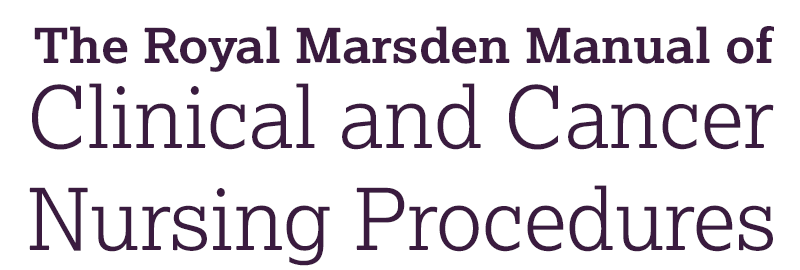Chapter 16: Perioperative care
Skip chapter table of contents and go to main content
Bowel function
Related theory
Patients undergoing abdominal surgery experience reduced gastrointestinal (GI) peristalsis due to surgical manipulation of the bowel and post‐operative opioid medication (Litkouhi [107]). The motility of the small intestine is affected to a lesser degree, except in patients who have had small bowel resection or who were operated on to relieve small bowel obstruction (Crainic et al. [45]). GI peristalsis usually returns within 24 hours after most operations that do not involve the abdominal cavity and within 48 hours after laparotomy (Crainic et al. [45]). Prolonged inhibition of GI peristalsis (more than 3 days post‐surgery) is referred to as ‘paralytic ileus’ (Litkouhi [107]). Post‐operative ileus is an abnormal pattern of GI motility whose principal features include a combination of nausea and vomiting, inability to tolerate oral diet, abdominal distention, and delayed passing of flatus or stool (Vather et al. [208]). The duration of post‐operative ileus correlates with the degree of surgical trauma, occurring less frequently following laparoscopic than open surgery (Baig and Wexner [24]). Traditional interventions to prevent post‐operative ileus or stimulate bowel function after surgery include:
- decompression of the stomach until return of bowel function with a nasogastric tube
- reduction in opioid use
- early mobilization of the patient to stimulate bowel function
- early post‐operative feeding (Crainic et al. [45], Nelson et al. [129])
- chewing gum post‐operatively, as this may help the digestive system to start to work (Short et al. [190]).
Return of peristalsis is often noted by patients as mild cramps, passage of flatus and return of appetite. Unless clinically indicated, both food and enteral feeds should be withheld until there is evidence of the return of normal GI motility.
Evidence‐based approaches
Principles of care
Post‐operatively, nurses should monitor and document when patients pass flatus, when the patient's bowels first open and ongoing bowel movements to facilitate early identification of a return to GI motility or if complications are arising (e.g. prolonged ileus or infection). Bowel motions should be documented according to the Bristol Stool Chart and any abnormalities (e.g. blood or pale stools) should be escalated to the surgical team. If the patient has undergone abdominal surgery or if clinically appropriate, the surgical team should also be made aware of any evidence of the return of GI motility so that food or enteral feeds can be recommenced if clinically indicated (see Chapter c06: Elimination).





